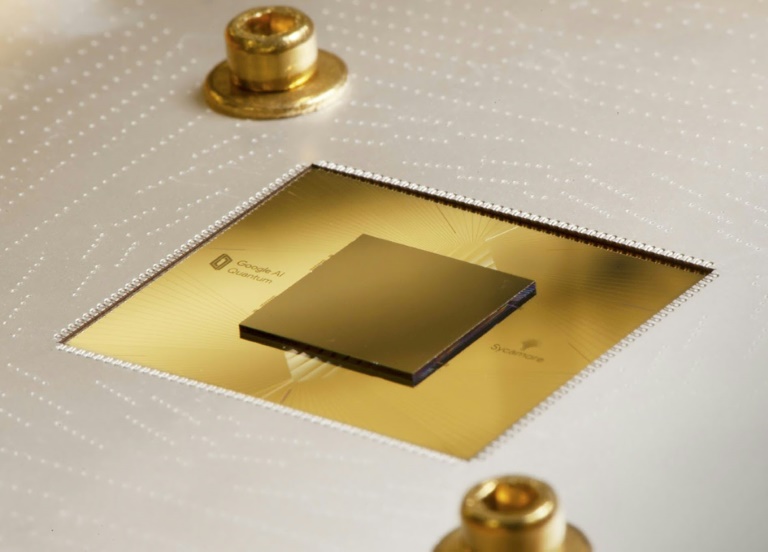Diamond color centers are gaining attention in quantum technology research due to their potential for developing quantum technologies. Specifically, negatively-charged group-IV diamond defects are being explored for their efficient spin-photon interface, making them ideal for quantum networks.
Katharina Senkalla, co-author of the paper, emphasized the focus of their research group on diamond color centers for quantum applications. While the nitrogen-vacancy center has been popular, other color centers, such as Si, Ge, Sn, or Pb combined with a lattice vacancy, have become the subject of recent research.
Group-IV color centers have shown stronger emissions in the zero-phonon line compared to nitrogen-vacancy centers. Their inversion symmetry also makes them suitable for integration in nanophotonic devices, a crucial step for an efficient scalable quantum network based on solid-state, single-photon sources.
The goal is to contribute to the development of quantum networks for long-distance quantum communication and distributed quantum computing. An efficient spin-photon interface and extended memory times are essential for the quantum network node in quantum networking.
Ulm University’s research group has been exploring the potential of group IV defects, particularly the GeV center, as candidates for quantum network nodes. These defects have an inherent efficiency in the spin-photon interface, characterized by a highly coherent flux of photons.
2024-02-18 10:00:04
Original from phys.org



















